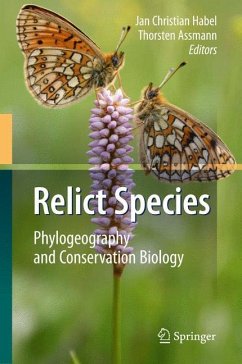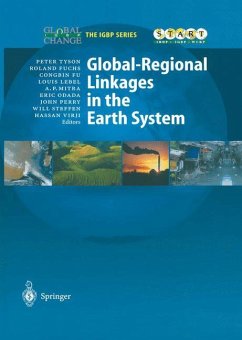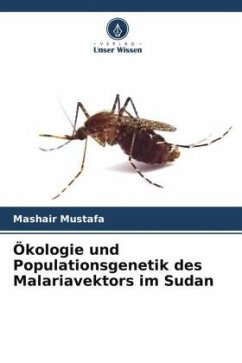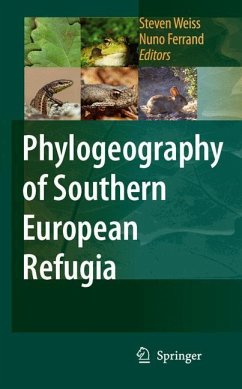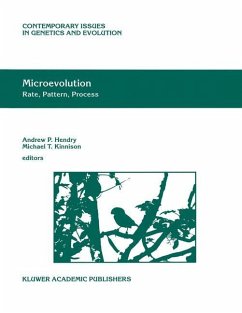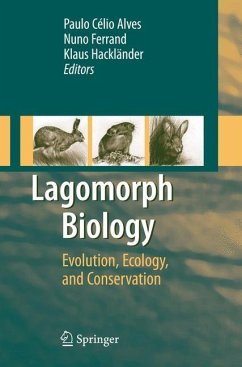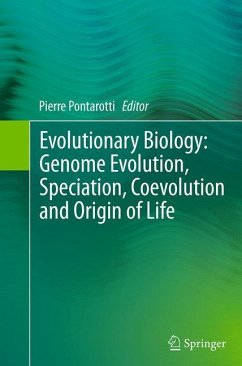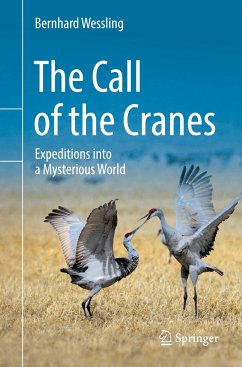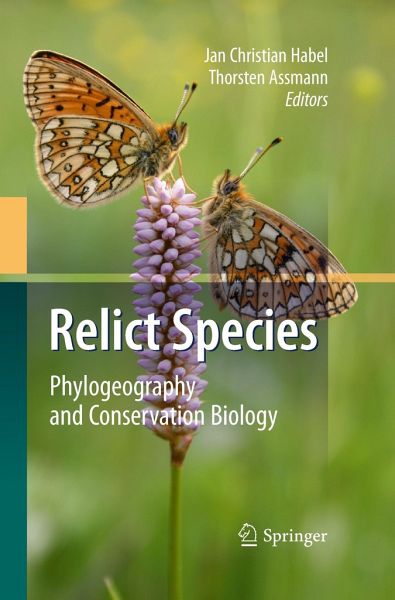
Relict Species
Phylogeography and Conservation Biology
Herausgegeben: Habel, Jan Christian; Assmann, Thorsten
Versandkostenfrei!
Versandfertig in 6-10 Tagen
151,99 €
inkl. MwSt.

PAYBACK Punkte
76 °P sammeln!
Mankind has evolved both genetically and culturally to become a most successful and dominant species. But we are now so numerous and our technology is so p- erful that we are having major effects on the planet, its environment, and the b- sphere. For some years prophets have warned of the possible detrimental consequences of our activities, such as pollution, deforestation, and overfishing, and recently it has become clear that we are even changing the atmosphere (e. g. ozone, carbon dioxide). This is worrying since the planet's life systems are involved and dependent on its functioning. Curre...
Mankind has evolved both genetically and culturally to become a most successful and dominant species. But we are now so numerous and our technology is so p- erful that we are having major effects on the planet, its environment, and the b- sphere. For some years prophets have warned of the possible detrimental consequences of our activities, such as pollution, deforestation, and overfishing, and recently it has become clear that we are even changing the atmosphere (e. g. ozone, carbon dioxide). This is worrying since the planet's life systems are involved and dependent on its functioning. Current climate change - global w arming - is one recognised consequence of this larger problem. To face this major challenge, we will need the research and advice of many disciplines - Physics, Chemistry, Earth Sciences, Biology, and Sociology - and particularly the commitment of wise politicians such as US Senator Al Gore. An important aspect of this global problem that has been researched for several decades is the loss of species and the impoverishment of our ecosystems, and hence their ability to sustain themselves, and more particularly us! Through evolutionary time new species have been generated and some have gone extinct. Such extinction and regeneration are moulded by changes in the earth's crust, atmosphere, and resultant climate. Some extinctions have been massive, particularly those asso- ated with catastrophic meteoric impacts like the end of the Cretaceous Period 65Mya.





